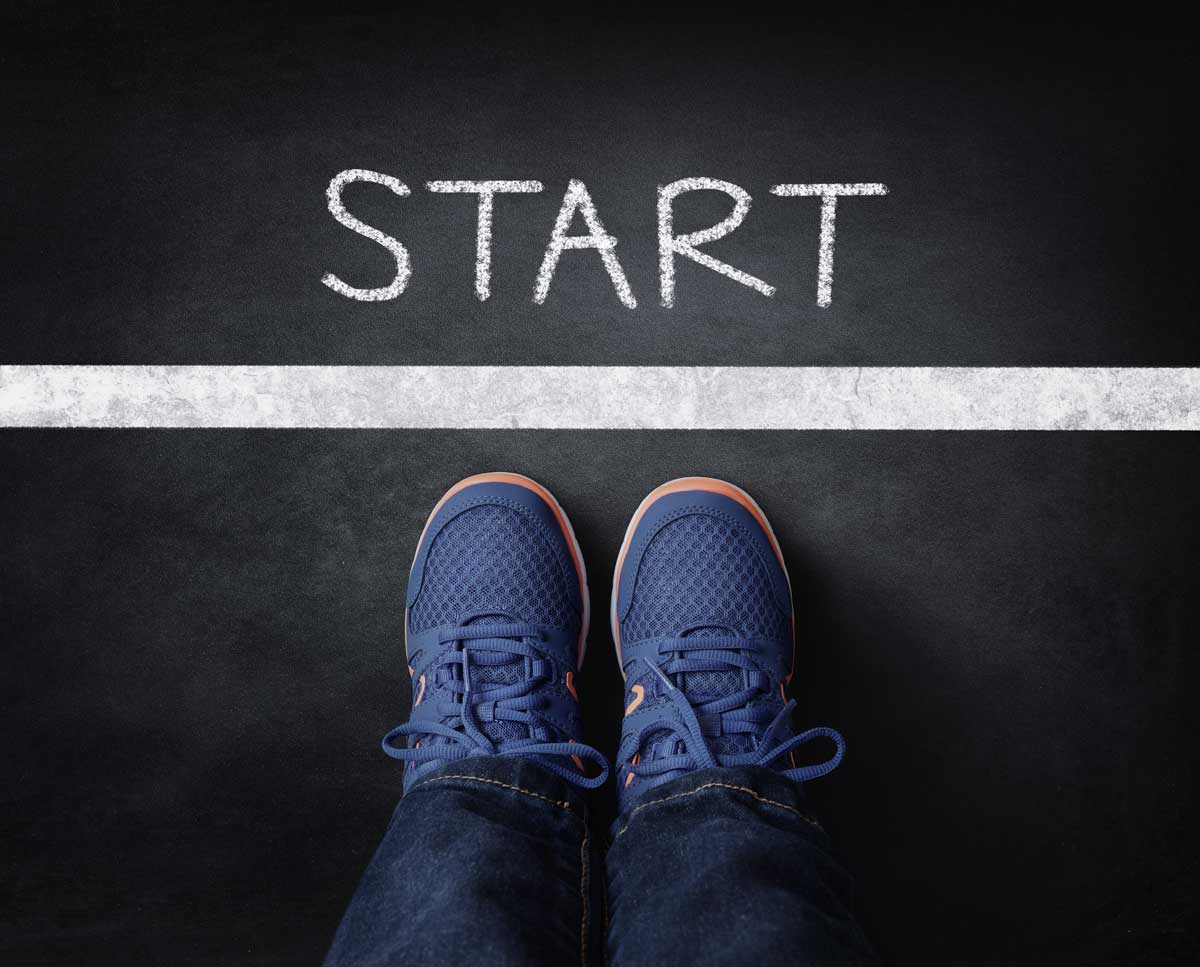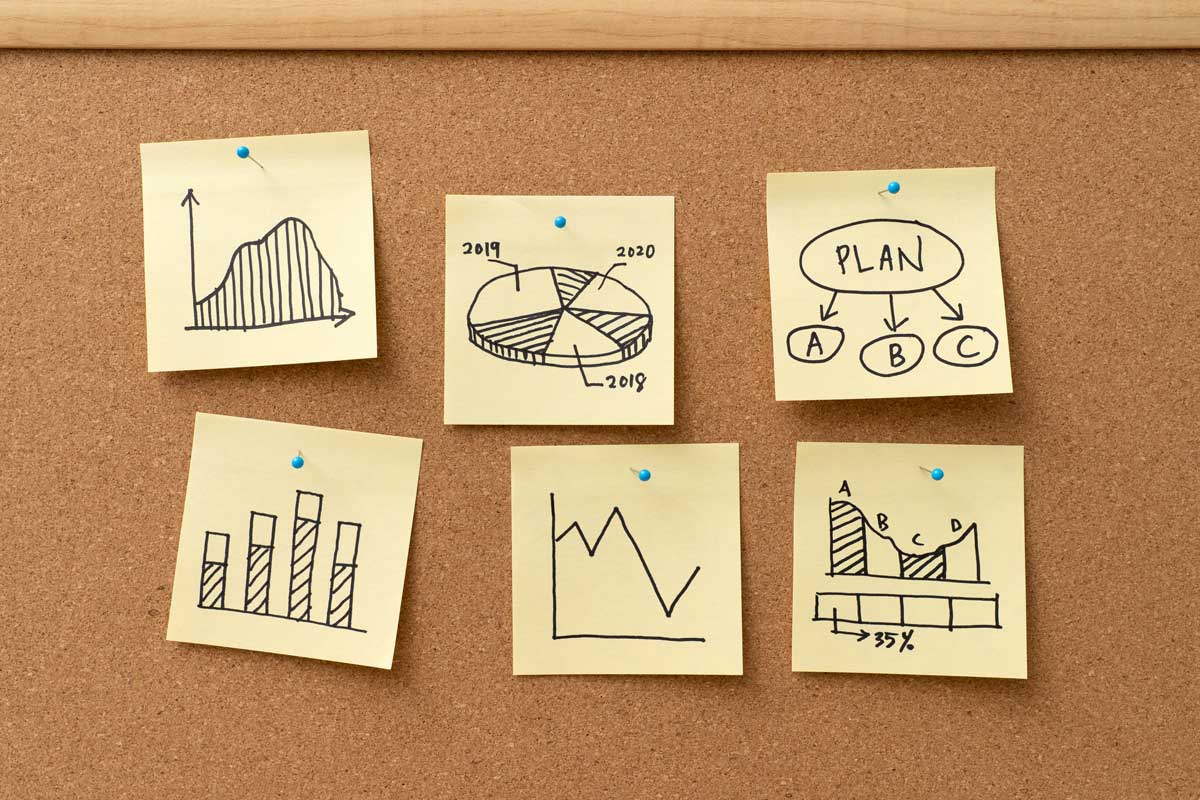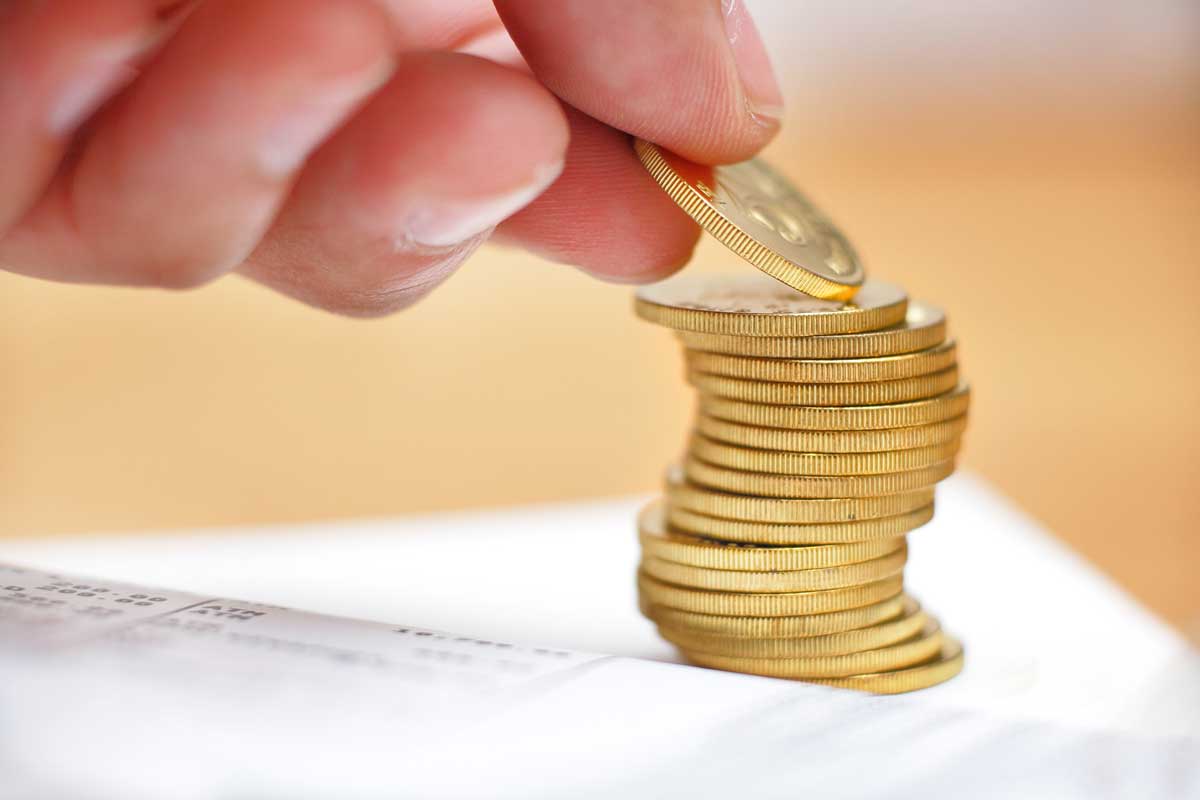When some people think of starting an Amazon FBA business, they imagine that it will take a huge amount of money.
They let that hold them back without actually taking the time to find out what it really takes to get started as a seller on Amazon.
When I first heard about selling on Amazon, I thought it was something I couldn’t afford and something I didn’t want to get into.
That being said, I have learned a thing or two over the last few years with my Amazon FBA business.
Amazon isn’t that hard to get started with. It takes some time, a little capital investment, and a little knowledge.
As for the capital investment, it might not be as much as you think, especially for retail arbitrage.
The article below gives you a little insight into the costs related to Amazon FBA and how you can start an amazon business.
Amazon FBA Selling Basics
Some people will tell you that you can get started on Amazon for free or with just a few dollars. This might be true if you are really bootstrapping, but honestly it takes a little more than that.
I have always told new sellers that around $500-$1,000 is needed to really get started selling on Amazon. You can get by with less, but you will really have to work and find some amazing deals.
Private label take a bit more as you usually have to work with a budget for sponsored ads to launch.
But before we get into the nitty gritty of what you need to get started, we need to break down the process and give you an overview of the Amazon selling process and how to get started.
Side Note On Expenses
When it comes to selling on Amazon, there are required costs and optional costs.
The required costs are the necessary fees and expenses that every seller must pay in order to put their products in front of Amazon’s millions of customers that come to the platform every day.
The optional costs aren’t essential, BUT they are recommended if you want to give yourself the best chance of building a successful Amazon FBA business.
I am willing to pay for these optional fees like shipping costs because I know how much time it saves me (and time is money).
I 100% understand that some people want to sell in the lowest cost way possible, but I’m all for investments that make me more money in the long run. I am willing to pay to give me an edge over my competitors. This may include some investment into research, suppliers, sales, and marketing tools.
The Process for Getting Started on Amazon
Becoming a seller on Amazon comes down to a few key steps:
- Research Profitable Products to Sell: Use research tools and Amazon data to help you find products with a high potential for profit. This can be done with a smartphone and the Amazon Seller App or it can be done with a software like Tactical Arbitrage.
- Source Your Products: Once you’ve found a profitable product, your next step is to find suppliers, manufacturers, or retailers to provide you with products at a good price. Once found, you can send the products to Amazon’s warehouses.
- Start Selling on Amazon: This process involves listing the product on Amazon and using the in-house fulfillment network to ship products to customers on your behalf. All you have to do is find the customer and Amazon does the rest (picking, packing, and shipping).
- Promote Your Business: You can use various methods, such as Amazon PPC, Amazon’s advertising system, to promote and advertise your items both on and off the platform.
Must-Have Costs To Start Selling on Amazon
To get started as a seller on Amazon, you obviously need to spend money on your inventory.
How much you need will depend on the type of product you’re selling.
For instance, someone who’s selling handcrafted jewelry probably won’t need to spend as much as a vendor who wants to sell electronic gadgets.
As a beginner, it’s a good idea to focus on cheaper merchandise. This helps you reduce your risk and maximize your profit potential.
Aside from that obvious cost, here is a list of other must-have costs that you need to consider:
1. Supplies
There are different supplies that you might need for your Amazon FBA business. This includes things such as:
- A printer for shipping labels
- A scale to weigh packages
- Poly bags in different sizes
- Product labels
- Tape
- Boxes to ship products in
These are just a few of the absolute necessities you need to get started. Most of these can be picked up on Amazon for roughly $100. I suggest you purchase the bare minimum to start and then upgrade your supplies as you start making a profit.
As time goes on, and your business grows, you might consider adding other supplies to your arsenal.
2. Research Tools (Optional)
If you are serious about building a successful Amazon business, it’s a good idea to invest in research tools like Tactical Arbitrage that will help you learn online arbitrage and discover suppliers with the best deals for products to sell on Amazon.
There are also keyword research tools like Keyword Scout, market research tools, etc. that you can use to build a successful Amazon business.
Such tools will also save you a ton of time and make your product sourcing process a lot easier.
3. Sales and Marketing Software (Optional)
There are a lot of tools designed to help Amazon sellers optimize their sales and marketing process. After all, the more people you can reach, and the more products you can sell, the faster your business will see a profit.
These tools have a positive ROI (if used correctly), and when used the right way, they will pay for themselves in no time. These should be added once you get your business moving in the right direction.
Typical Monthly Inventory Costs
When starting an Amazon FBA business, some expenses involved are once-off costs while others occur monthly.
Listed below are some typical monthly inventory costs that you will incur as a seller on Amazon:
- In-stock inventory
- Stranded inventory
- Excess inventory
The monthly fee you pay to Amazon takes care of the storage fees and fulfillment fees for the Amazon FBA program.
The cost is proportional to the amount of inventory you have stored in their warehouses. This means that the more inventory you have, the more you will have to pay every month.
Also, Amazon’s costs go up for products that are stored for longer than 180 days. This is done in an effort to help encourage people to keep products moving.
In addition to that, Amazon also tracks items that are stored in their warehouse that aren’t listed for sale (stranded inventory). This also costs you money, but Amazon helps sellers to manage situations such as these by providing Stranded Inventory Reports.
It’s also important to keep in mind that due to peak holiday demand, you may have to pay higher warehouse fees to store your inventory during the holiday season than what it costs to store your items the rest of the year.

Seller Fees You Need To Figure Out
Whether you are FBM or FBA, there are fees that ALL Amazon sellers have to pay in order to make use of the platform for their business.
1. Selling Plan
There are two main plans for selling on Amazon, the Individual plan, which costs $0.99 per item sold and the Professional Account Plan, which costs $39.99 per month (plus additional selling fees).
The Individual Plan might be right for you if you sell fewer than 40 units a month or are still deciding what to sell. It’s also ideal if you don’t plan to advertise your products or use advanced selling tools.
On the other hand, the Professional Plan might be a better option for you if you sell more than 40 units a month, you want to advertise and promote your products, and you want to use advanced selling tools such as APIs and reports.
This plan is also recommended if you want to qualify for top placement on Amazon’s product detail pages and if you want to sell products in the restricted categories.
2. Referral Fees
Amazon referral fees are the commissions that you pay to Amazon for every item sold on the platform.
Typically, this fee comes in the form of a flat percentage (usually 15% or less). But, you don’t have to pay referral fees upfront. Instead, the amount is taken out of your account after the sale has been made.
3. FBA Fees
This fee covers the shipping, handling, and packaging of your goods if you choose to use Amazon’s fulfillment system.
If you decide to use Amazon FBA (which I highly recommend), it can save you a ton of time.
It basically means that all you have to do is source your inventory, send it to Amazon’s warehouse, and their employees will take care of everything else to get the products to your customers.
This service is awesome, but it does come with a fee. The fee you are charged is determined by your product’s size and weight. For instance, a standard package that weighs 10oz or less costs $2.41.
Check out the chart below to discover Amazon’s current FBA fees for standard-size packages:
4. FBA Storage Fees
If you are going to use Amazon FBA, you will have to ship your inventory items to Amazon. Since your products are stored in Amazon’s Fulfillment Center warehouses, they charge storage fees for maintaining and storing your inventory.
There are two types of FBA storage fees: monthly and long-term.
Amazon will charge you a monthly storage fee at the end of each month if you have inventory in their warehouse.
Amazon also charges you for long-term storage. If you have items that have been sitting in the warehouses for 180 days or longer, you will pay a storage fee of $6.90 for each cubic foot you used. If your product has been in Amazon’s warehouses for 365 days or more, you will be charged an additional $0.15 per unit.
Luckily, Amazon makes it easy to estimate your FBA fees through their FBA revenue calculator on Seller Central.
Other Costs & Fees You Might Need To Incur
There are certain other costs you might incur as a seller on Amazon that don’t fit neatly in the other categories above.
These include:
High-Volume Listing Fee
If you are a seller with thousands of ASINs (the Amazon Standard Identification Number that is assigned to each product), you may be required to pay a flat fee every month for each eligible ASIN. Most sellers do not run into this fee, but it is possible if you list a ton of items.
Closing Fees
Media products like DVDs, books, etc. come with a flat fee of $1.80 per sale. Only sellers who focus on these products have to worry about these fees.
Rental Book Service Fees
If you rent textbooks on Amazon, you have to pay a $5 rental book service fee for each textbook rental that you sell. As with all other fees on the platform, these fees are deducted at the time you make the sale. I have never personally rented textbooks on Amazon, but it is an option and something you need to consider if you go that direction.
Of course, there are other optional programs on Amazon Seller Central that you may choose to take part in as a seller.
These include advertising, inventory placement services, and premium account services.
- External Advertising: This helps you attract customers who need your product and bring them to your page so you can convince them to make the purchase.
- Amazon Advertisement: Amazon’s advertising model uses Cost-per-Click (CPC) auction-based pricing. This means you can set the maximum amount of money that you’re willing to pay whenever a potential customer clicks your ad.
- Inventory Placement Services: A per-unit fee is charged for this service which allows you to spread your inventory across various fulfillment centers around the country. This helps to ensure that customers who buy your products can receive them faster than they normally would if the inventory was located farther away. The way Amazon’s Inventory Placement Service works is simple. All you have to do is send all your eligible inventory to one fulfillment center, and when it arrives there, the shipment is split up and sent to multiple fulfillment centers for you.
In addition to the services listed above, Amazon offers the Amazon-Partnered Carrier Program whereby you get discounted rates whenever you send your inventory to an Amazon fulfillment center. This is really accounted for when you ship in your products (or ship them to the end customer via FBM), but I wanted to make sure you knew there was a bit of savings.
One additional possible fee is a Premium Account Fee. Premium Account Services is where you get premium account management and other services to help you build a strong business plan. They offer personalized training and coaching and provide you with all the information you need to grow your sales on the platform. I have never personally used this service, but it is something that should be kept in the back of your mind (just in case you need it).
How to Save Money on Amazon Fees To Increase Your Profit
1. Shipping Fees
This is one area where you stand to save the most amount of money as you have the most control over how you send your products to Amazon’s warehouses.
Shipping comes down to size, weight, and carrier. If you want to save on shipping, you need to source items that are small in size, low in weight, and that can be shipped with all three of the major carriers. FedEx isn’t integrated into Amazon anymore, so it really comes down to knowing how to utilize USPS and UPS to the fullest.
USPS is great because of the cheaper costs and the free shipping materials.
UPS is great for larger items and for items going long distances.
You will learn more about this as you start shipping, but you will find you have your favorite carrier and know how to save money.
2. Free Packing Materials
Packaging is yet another area where you can save tons of money. You can talk to local vendors about letting you pick up their used boxes and tissue paper.
Alternatively, you can post that you’re looking for these supplies on sites like Craigslist. This will allow you to save a ton of money in the long run.
3. Amazon Referral Fees
These fees are compulsory for all sellers. But, by carefully choosing the items you sell based on what their fees are, you can save hundreds of dollars in referral fees over the long term.
For instance, looking at Amazon’s Referral Fee Calculator, you can see that the fees are as follows:
- Backpacks – 3%
- Baby products – 6%
- Beauty products – 6%
- Books – 13%
- Fashion Jewelry – 20%
Beauty products, baby products, and backpacks have much lower fees than categories like fashion jewelry.
This means that you can potentially save hundreds of dollars in fees by simply choosing the right products to sell on Amazon.
4. Variable Closing Fees
If you deal in products that require you to pay VCF, make sure you calculate carefully to see whether or not it’s worth your while to sell such items.
For instance, if you’re selling books at a price of $5 and pay 20% in VCF (shipping fee not included), then you’re barely making any profit.
However, if your books are in the $30 range, then your VCF will be more marginal.
Final Thoughts
I hope this article has answered your question of how much money you need to start Amazon FBA.
You now know all the essential costs of selling on the platform and understand how different investments might result in different profits for individual sellers.
The bottom line is the cost to sell products on Amazon depends on a variety of factors, such as your selling plan, product category, and fulfillment strategy.
The good news is that most of these options are flexible, which means that you can find the right combination that works best for you and your business goals.
Use the information in this article to guide your decisions and build your new business on a solid foundation that will ensure your future success.
Related Questions
Do sellers who spend more money find more success on Amazon?
It depends. I have seen sellers who spend very little be extremely successful. I have also seen sellers who spend a lot make A LOT of money.
It’s less about the amount that you spend and more about the way you spend it. If you spend your money on tools and inventory that make you money, it’s a smart investment. If you are doing it just for the heck of it, I would consider passing on the spending.
Can you earn $1,000 per month from Amazon FBA?
Yes, but it depends.
There are many factors that impact your level of profitability on Amazon. One of the main ones is the amount of money you spend on inventory.
It stands to reason that your income will be proportional to the amount of money you put into your business. Typically, for someone to make $1,000 per month they need to spend 4 to 6 times that in inventory.
However, it’s also important to note that someone starting out with less money may have fewer overhead expenses, which would ultimately translate to higher profit margins.
Is Amazon FBA still worth starting now?
Starting an Amazon FBA business comes down to a variety of factors, such as your business model, your initial investment, and your marketing strategies.
If you can find a combination of these that works well for you, then you can build a successful and profitable Amazon FBA business in 2021 and beyond.



